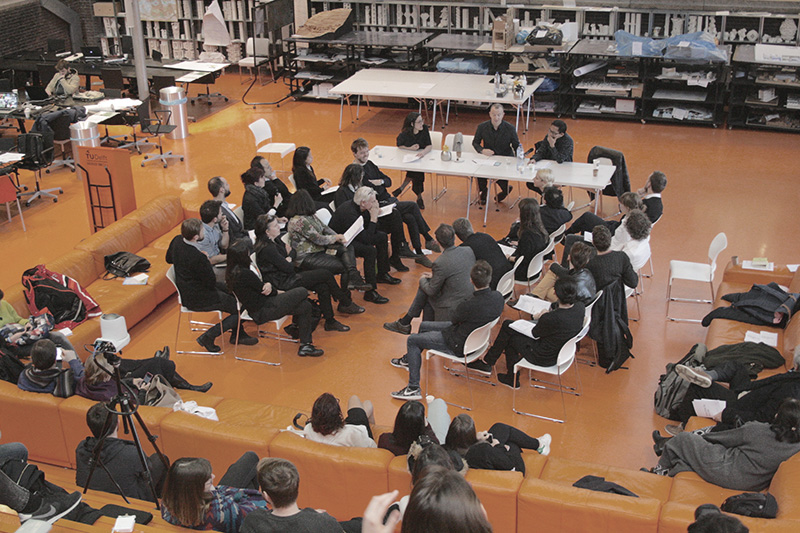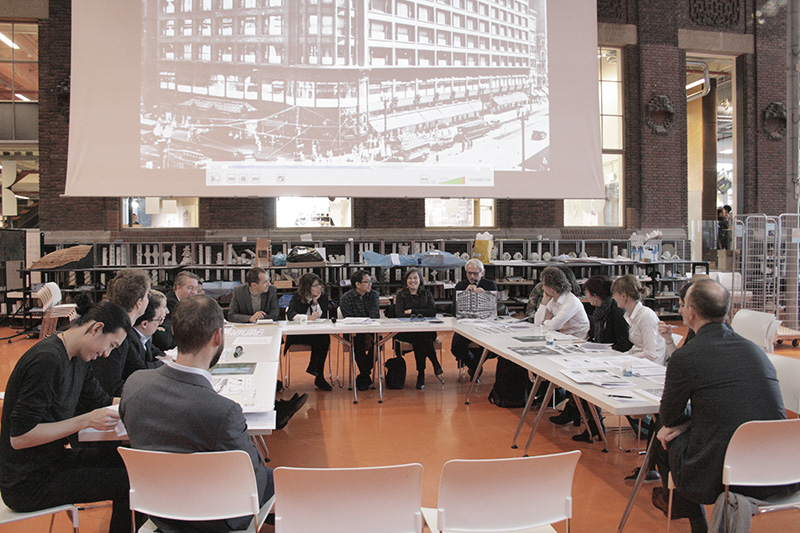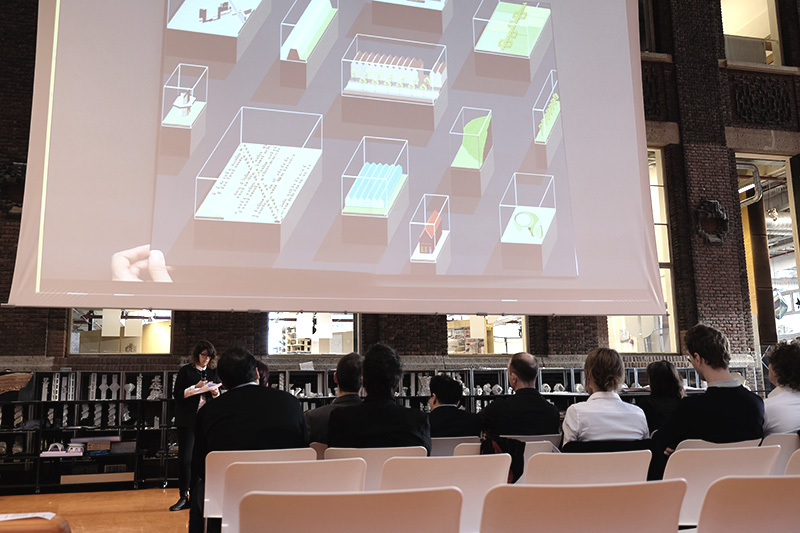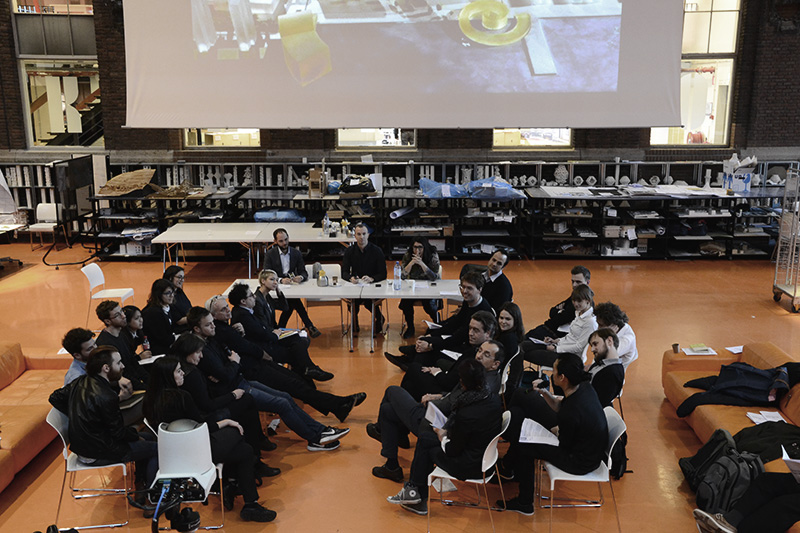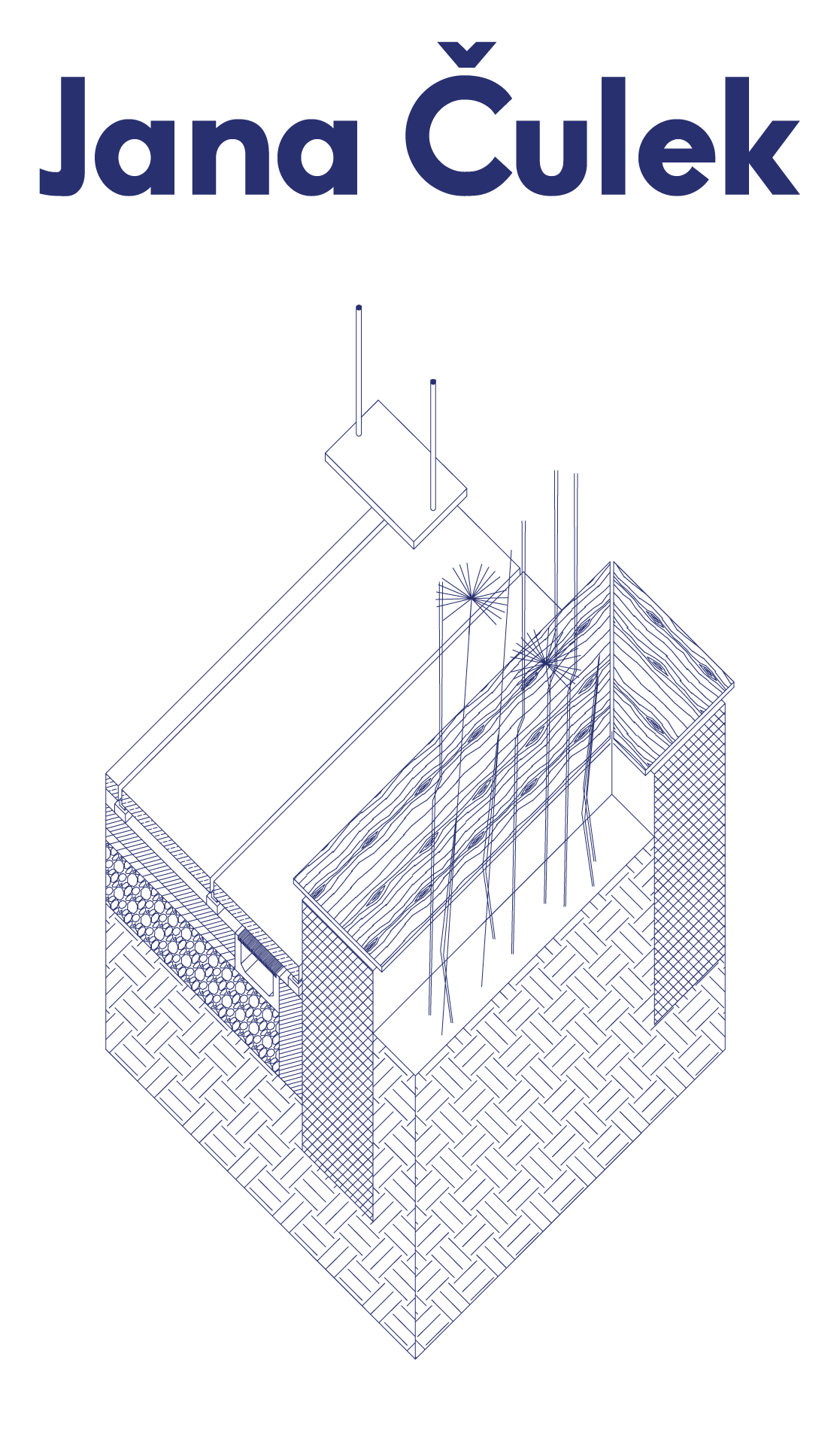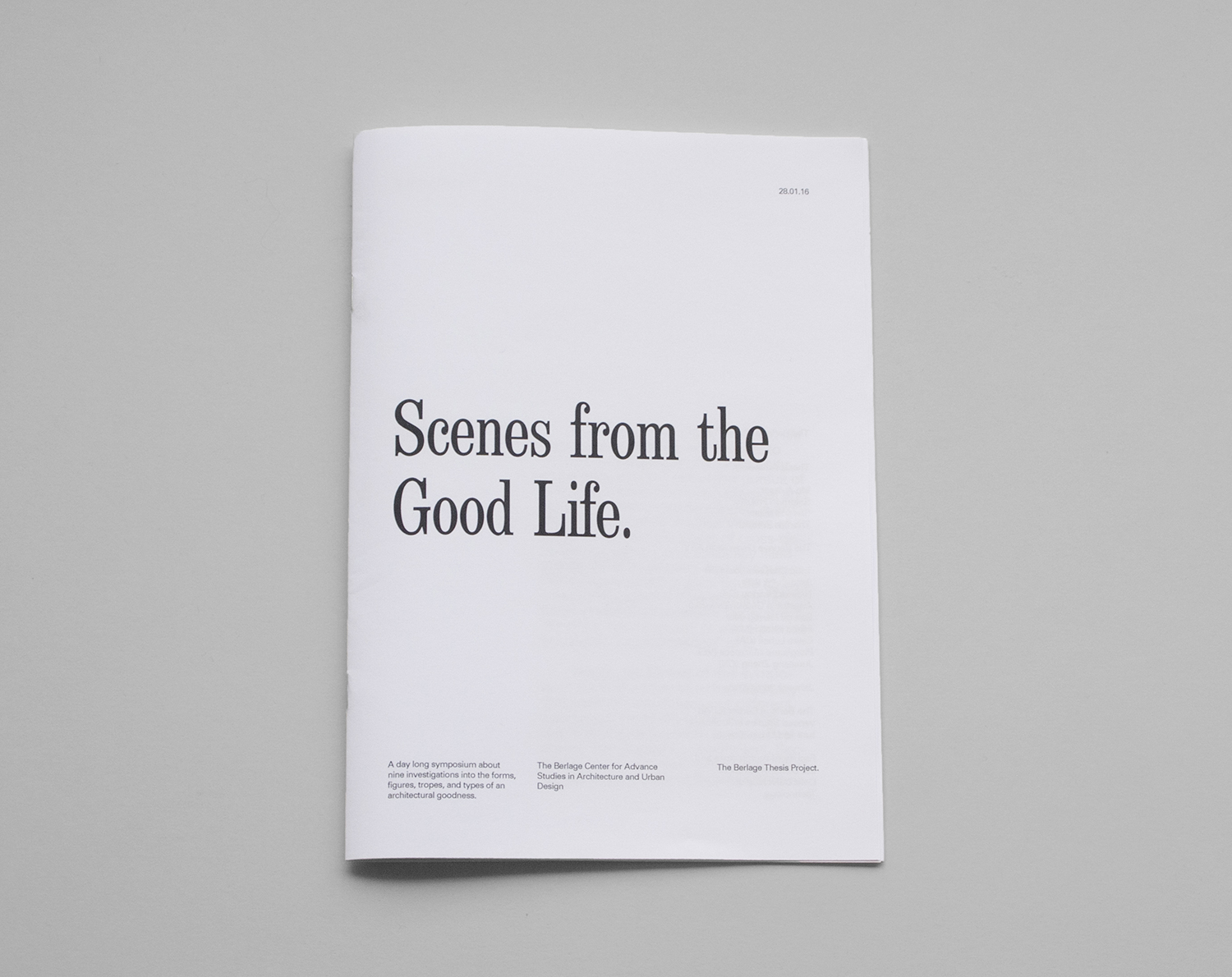A church next to a brothel. Public baths in a transportation hub. A tourist bus as public transport. A duck lane crossing a construction site. A dump on a rooftop. A clinic next to a butcher. A LiDL in Chinatown. A zoo in the courtyard of a housing block.
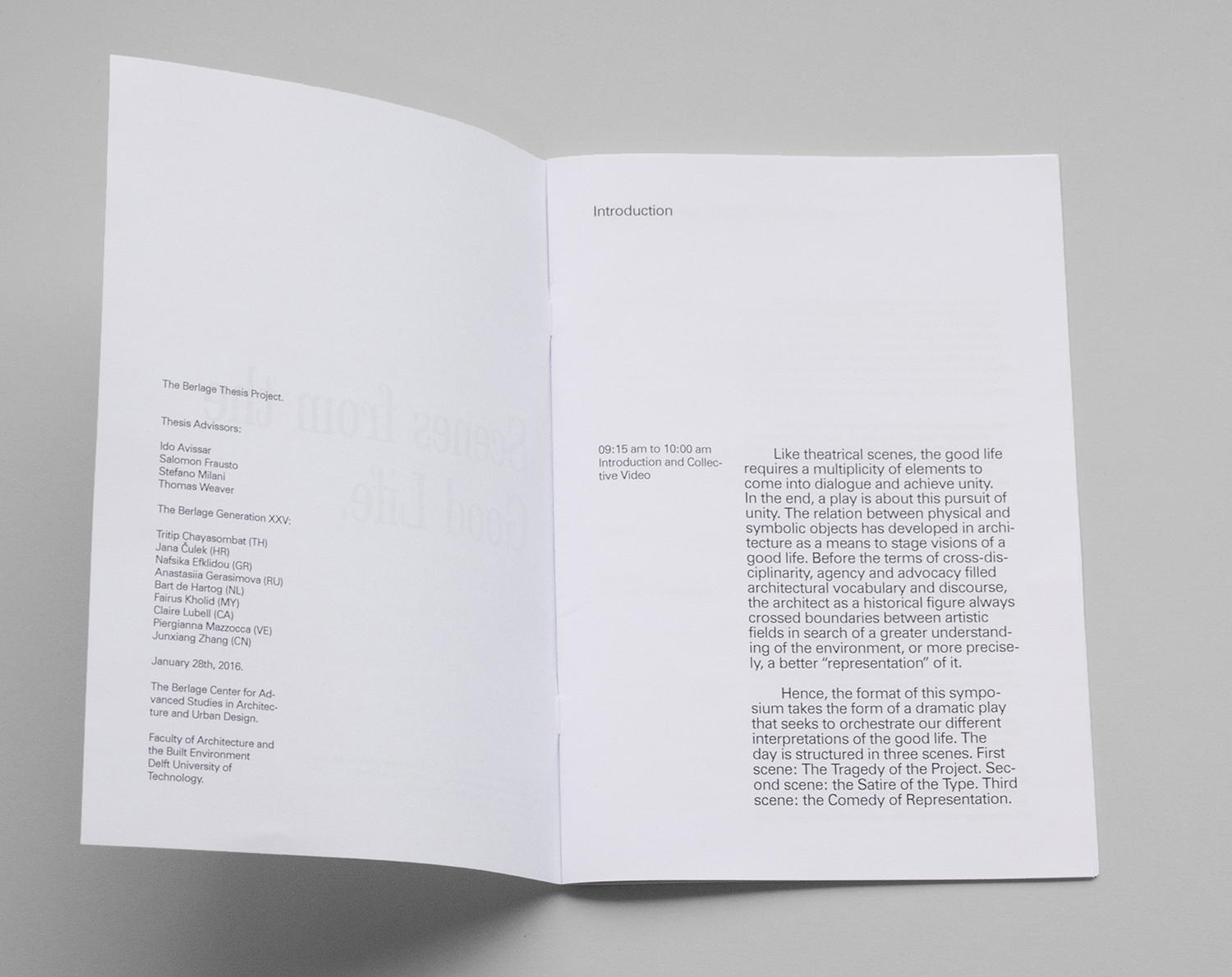
Like theatrical scenes, good life requires a multiplicity of elements to come in dialogue and achieve unity. Unity in the end is what the play is about. The relation between physical and symbolic objects was developed in architecture as a way to stage visions of good life. Before cross-disciplinarity, agency and advocacy filled architectural vocabulary and discourse, the architect as a historical figure always crossed boundaries of different artistic fields in the name of a greater understanding of the environment, or more precisely, a better “representation” of it.
Hence the format of this symposium takes the form of a dramatic play that seeks to orchestrate our different interpretations of what the good life is. The day is structured in three scenes. First scene: The tragedy of the project. Second scene: the satire of the type. Third scene: the comedy of representation.
In the Tragedy of the Project, our hero -the project- is confronted to its nemesis -the commentator- in a journey that leads to catharsis (relief). Each project is challenged how and whether it generates knowledge. However, a special note must be made: the project’s old time companion, the building, may not be at hand when needed.
In the Satire of the Type, a ironic look into the notions of type is performed. Each actor holding their own “canonic” or “mundane” interpretation of type, brings on the table what they considers to be a typological study. Ironically, we would like to draw your attention not only to the issue at hand, but into its counter-argument: if it is not about types, then what?
In the Comedy of Representation, representation is addressed as theme of a debate. A good side and a bad side look at different forms of representation and we will ask you to answer “is it any good ?” in relation to the public it is intended for. These conflicting views, where only humour is intended, seek to disregard any type of political correctness.
Ladies and gentlemen, let the play begin….
*The symposium was envisioned and hosted by the Berlage Generation XXV (Tritip Chayasombat, Jana Čulek, Nafsika Efklidou, Anastasiia Gerasimova, Bart de Hartog, Fairus Kholid, Claire Lubell, Piergianna Mazzocca and Junxiang Zhang). We were also joined by guests: which included Tom Avermaete, Ido Avissar, Sanne van den Breemer, Salomon Frausto, Christine Hawley, Kees Kaan, Marcus Kempers, Diederik de Koning, Stefano Milani, Nanne de Ru, Martino Tattara, Nader Vossoughian, Nathalie de Vries and Thomas Weaver.
